Film production / New York
Reel estate
The East Coast’s film-production scene is being revitalised by an innovative complex in Queens designed to celebrate the bigger picture. We meet Adam I Gordon, the warehouse owner turned studio boss.
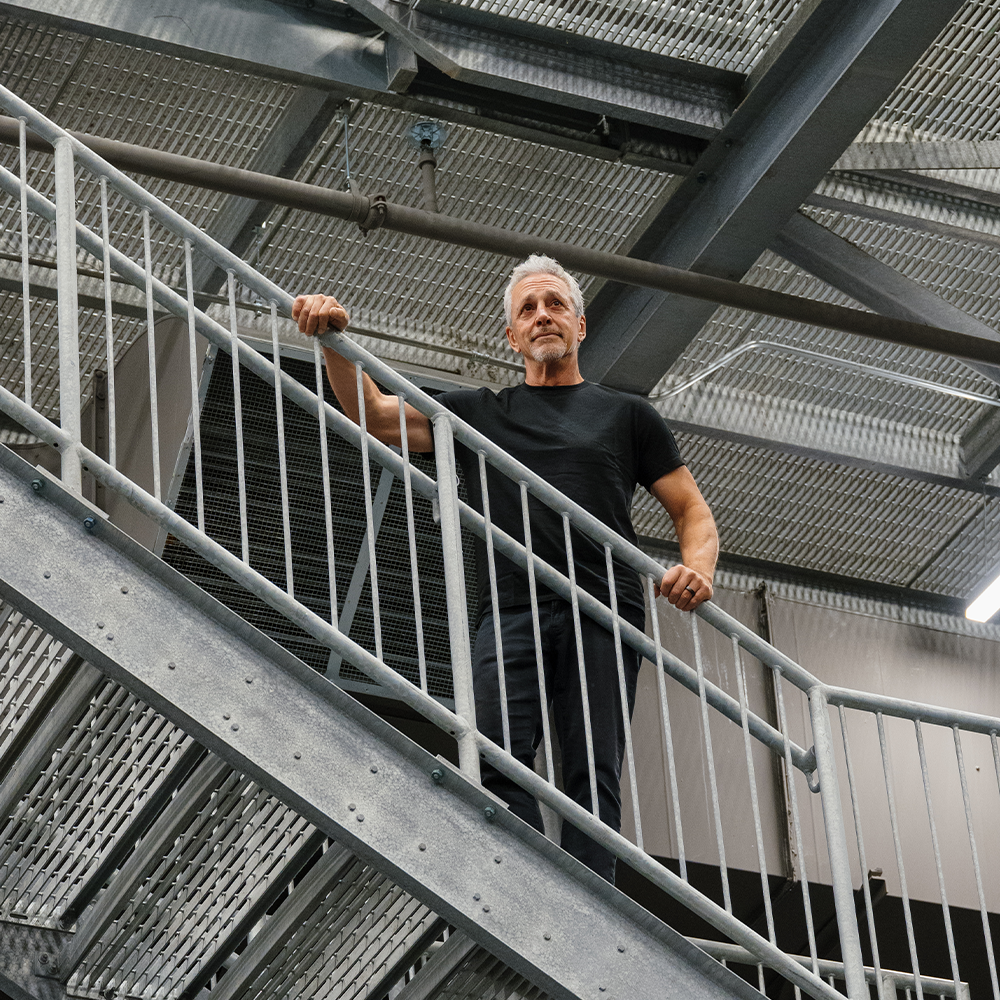
“There is no other facility like this,” says Adam I Gordon, co-founder and managing partner at Wildflower Studios, the newest production lot in New York’s growing ecosystem of film and television facilities. Filming of the studio’s first project commenced in October but the idea for the site came to its founders five years ago.
“It turns out that New York has been underserved for many years in terms of studio space,” Gordon tells monocle during the 30-minute drive from Manhattan to Wildflower Studios in Queens. As the owner and developer of one of the city’s most expansive networks of warehouses – whose largest client is Amazon – he started receiving enquiries from studios seeking spaces big enough to shoot their programmes in. “I started getting knocks on my door,” says Gordon. “After the fourth or fifth knock, I decided to do some research.”
That entailed visiting an old friend who is well versed in making films, Robert De Niro, who today co-owns Wildflower Studios. “We have been friends for two decades,” says Gordon. “When I went to see him, I discovered that he had a strong interest in developing a film studio. He sent me on a listening tour to Los Angeles, Atlanta and New York to find out more about the cities’ stock of film studios.”
During those visits, Gordon was inspired to refresh the template that film complexes were conventionally modelled on. “I felt that the design of these spaces wasn’t particularly well thought out,” he says. “There were these incredibly creative people who were spending their careers working in tired warehouses of every shape and size. But the buildings were often quite dispiriting and dull.”
“I have spent my career thinking about environments that elevate us,” says Gordon, referring to the series of boutique residential properties that he has developed across New York over the past few decades. Before bringing them to market, he and his family would often move into the properties to test the renovated designs.
“I have always been interested in how a place can make us feel more inspired,” he says. “And I thought, ‘What if we could combine these optimal ingredients and create a kind of mise en place for film production in New York – bringing together the poetry of a beautiful place with the city’s great food and a hospitality culture that elevates people and their experience of making art.”
To conceive a building as complex as a film studio, Danish architect Bjarke Ingels was brought on board. His designs flip the script on how studio lots are usually laid out. Traditionally, soundstages – soundproof rooms in which films are shot – occupy hangar-like buildings on large footprints of land. Wildflower Studios is more compact. The 2.2-hectare plot was built on the former manufacturing site of piano-makers Steinway & Sons (which still operates a factory nextdoor) and houses 11 soundstages.
The soundstages have been stacked vertically – a first for the design of a studio complex – and are all enclosed behind the building’s striking, panelled edifice. “There is no such thing as an urban, vertical studio anywhere else,” says Gordon. “We have the only one in the world.”
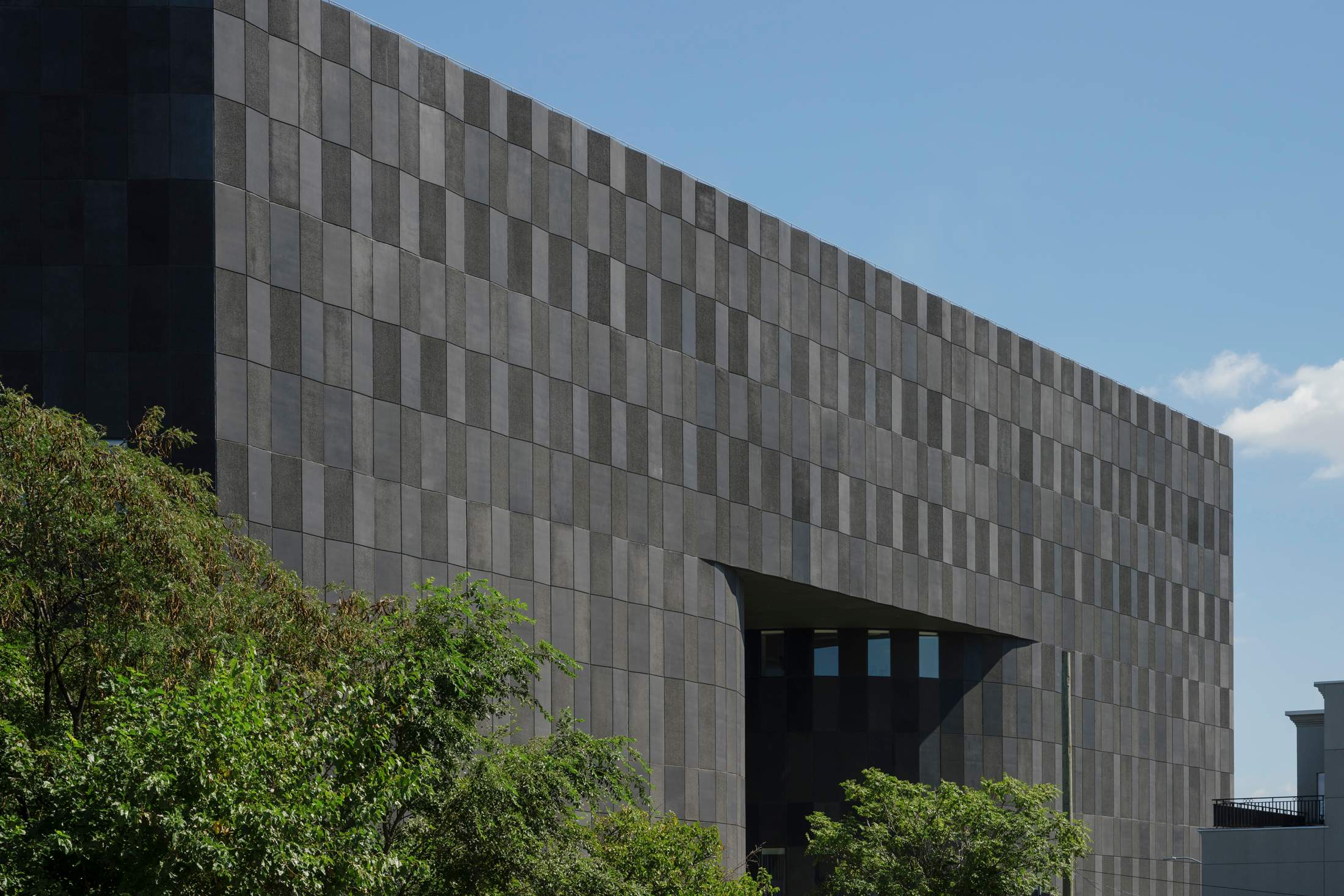
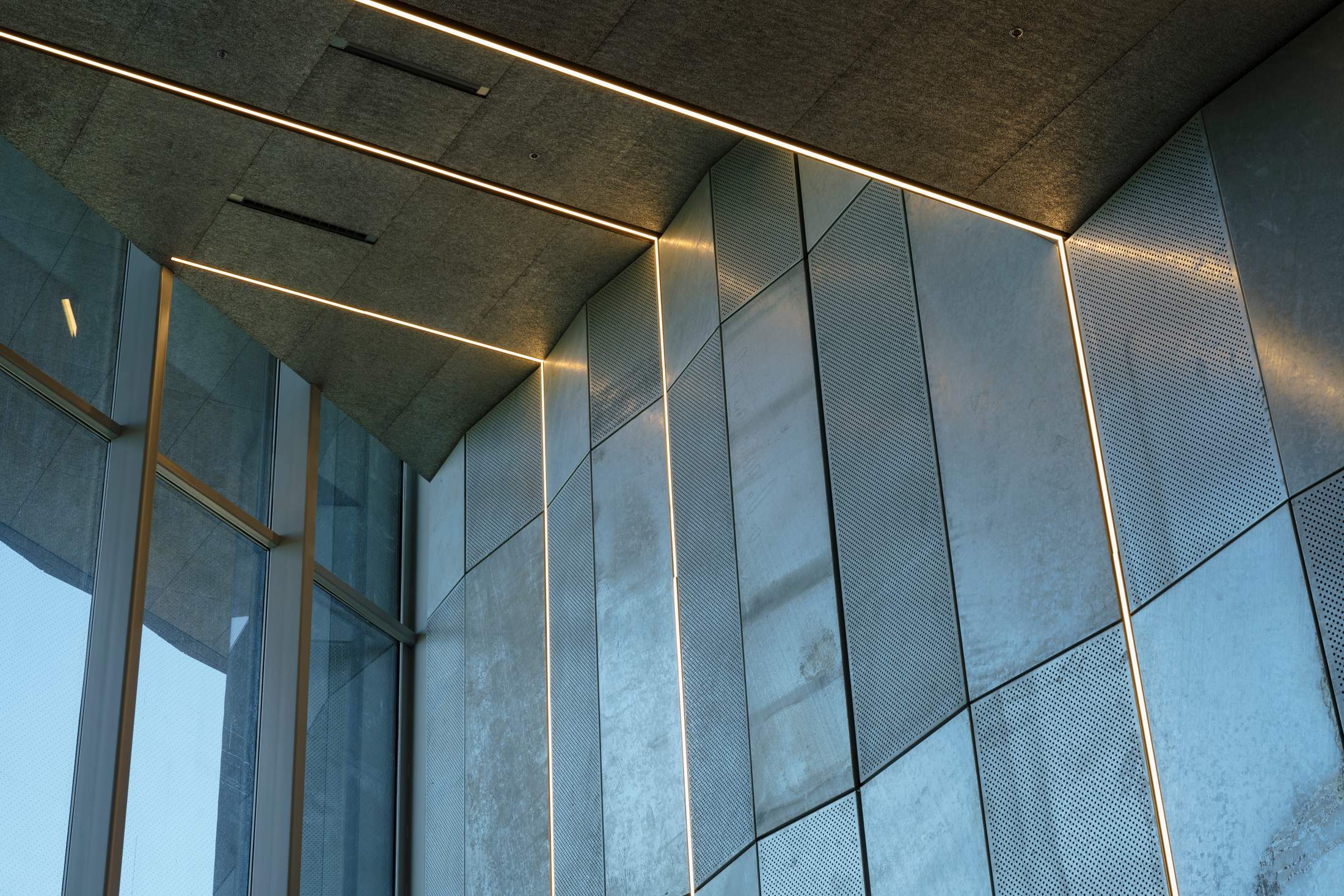
The goal of that design, he says, is to streamline the process of making a film. “We sat down with the people involved in the day-to-day business of filmmaking to gain a better understanding of how it works,” he says. “We asked everyone from lighting experts and actors to hair-and-make-up artists, carpenters and directors, ‘How do you like to work? What or who do you need to be working next to?’”
Gordon estimates that the design of Wildflower Studios will make the facility’s output between 20 and 30 per cent more efficient than that of other production companies. This streamlined approach affects every aspect of the filmmaking process, including transport.
Inside the studios, an oversized turntable allows trucks moving sets, building materials and other equipment to drive in and be rotated, before reversing the short distance to one of the six “elephant elevators”. These lifts then transport their contents upstairs to the workshop spaces that adjoin every soundstage. “People often ask us how we can provide sizeable studio facilities in a space-constrained city such as New York,” says Oscar Morales, Wildflower’s vice-president of development. “I think that we have knocked it out of the park. Not only are you able to film in a large studio but you can also access it very quickly. It’s really simple to move between one part of the building to another.”
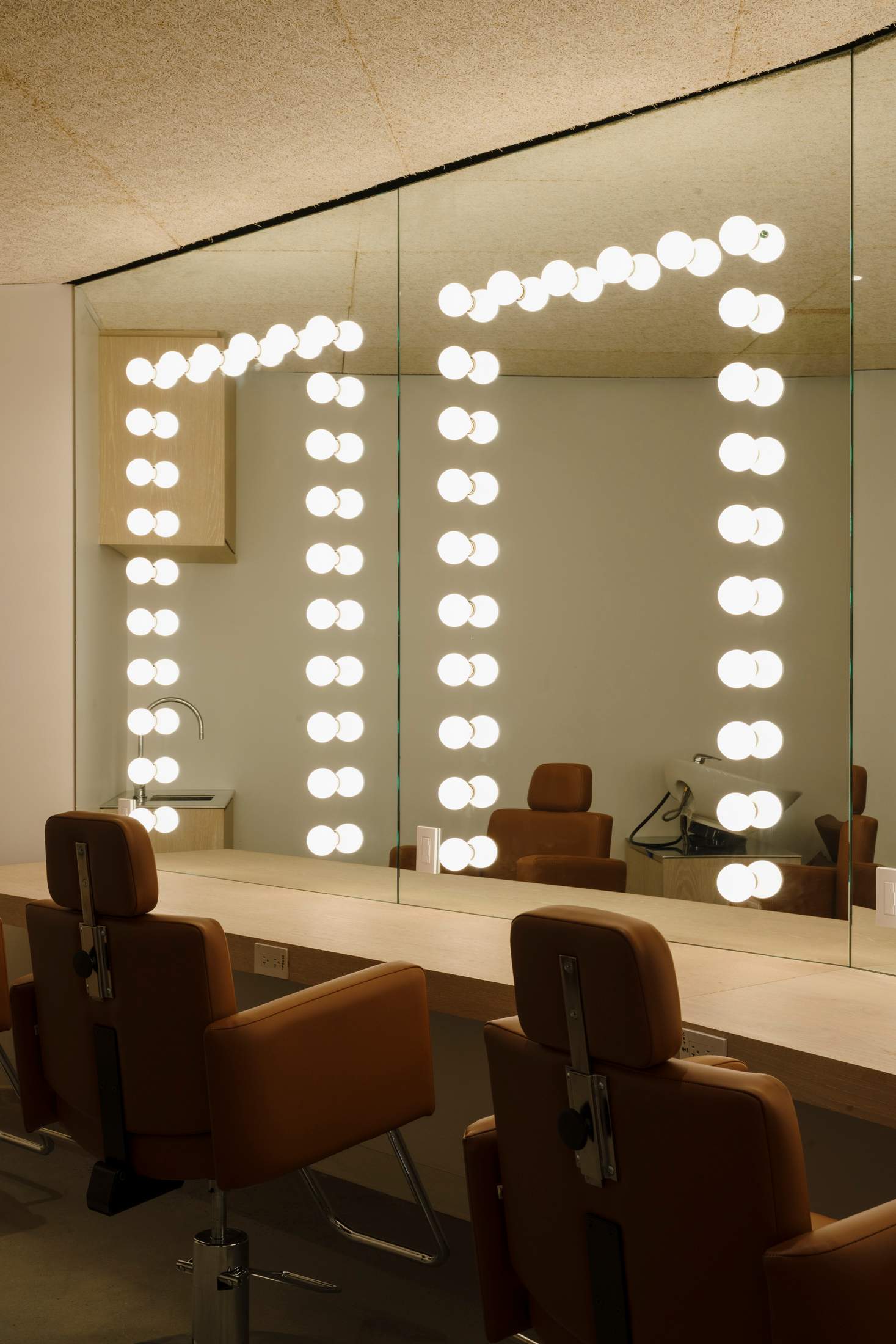
Each soundstage at Wildflower Studios is interconnected. Retractable walls allow for several productions to occupy different soundstages at the same time and make it easier for a single production to film across multiple rooms. This is particularly useful for TV series that require shooting scenes over more than one set at once. As part of the initial soundproofing process, bowling balls were dropped onto the floors to assess whether sound would seep from one stage to the next. It didn’t.
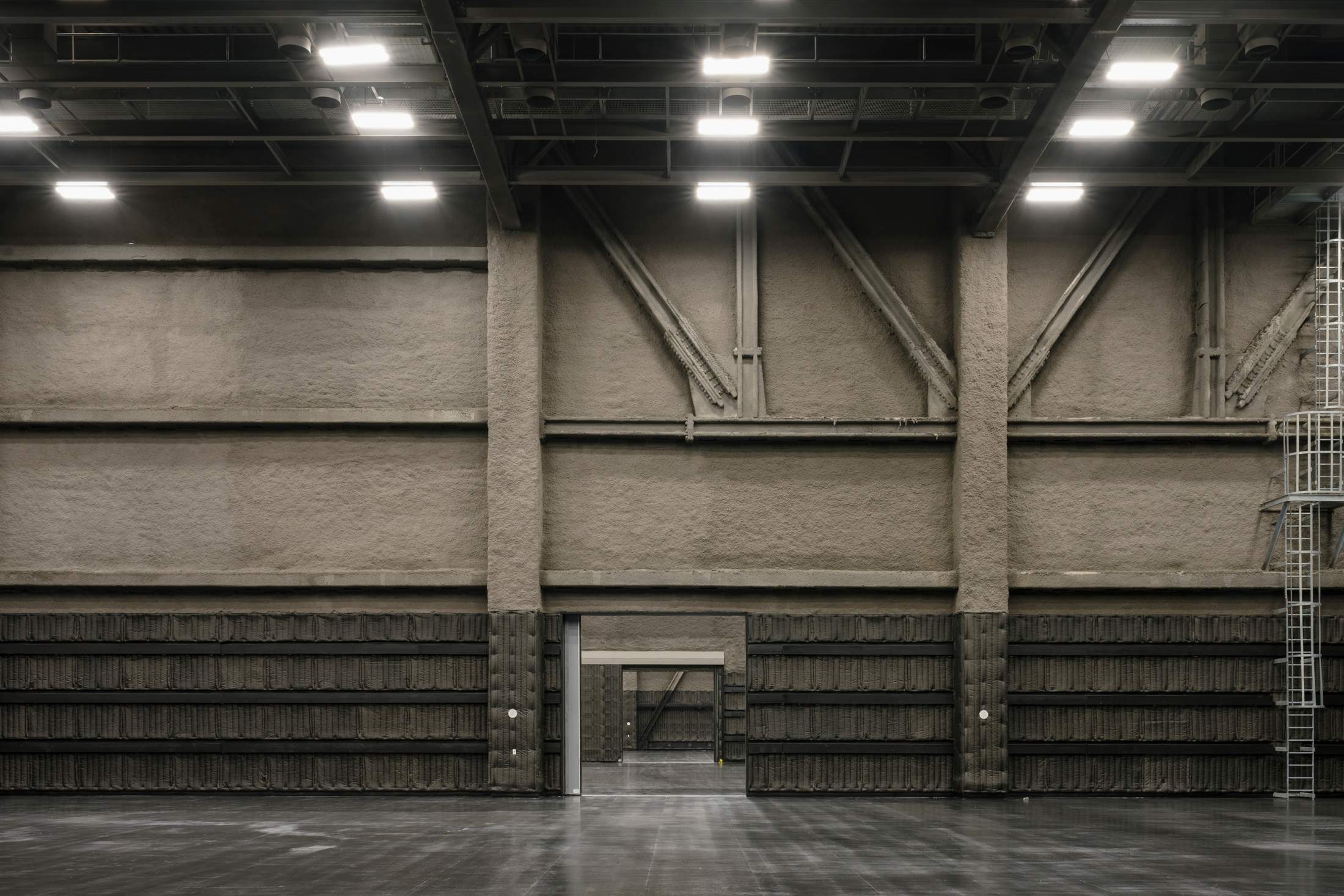
Open for business: Retractable doors link the soundstages
Gordon also took into consideration the welfare of the actors who would be working in the space when he came up with the studios’ design. At other, more spread-out complexes, paparazzi photographers are often found attempting to scale the walls or sneak in to get behind-the-scenes shots of actors. Wildflower Studios’ self-contained nature, however, allows high-profile actors to discreetly move between the stages between takes.
“Everyone here is treated the same and receives the same level of service,” says executive director Cheryl Huggins, who oversees the studios’ daily operations. The dining rooms capture this sense of warmth, with handsome wooden furniture crafted by San Francisco-based studio Fyrn and paintings by Robert De Niro’s late father, the abstract expressionist painter Robert De Niro Sr. The rooms also play host to chefs from across New York’s restaurant scene, in addition to the regular menus.
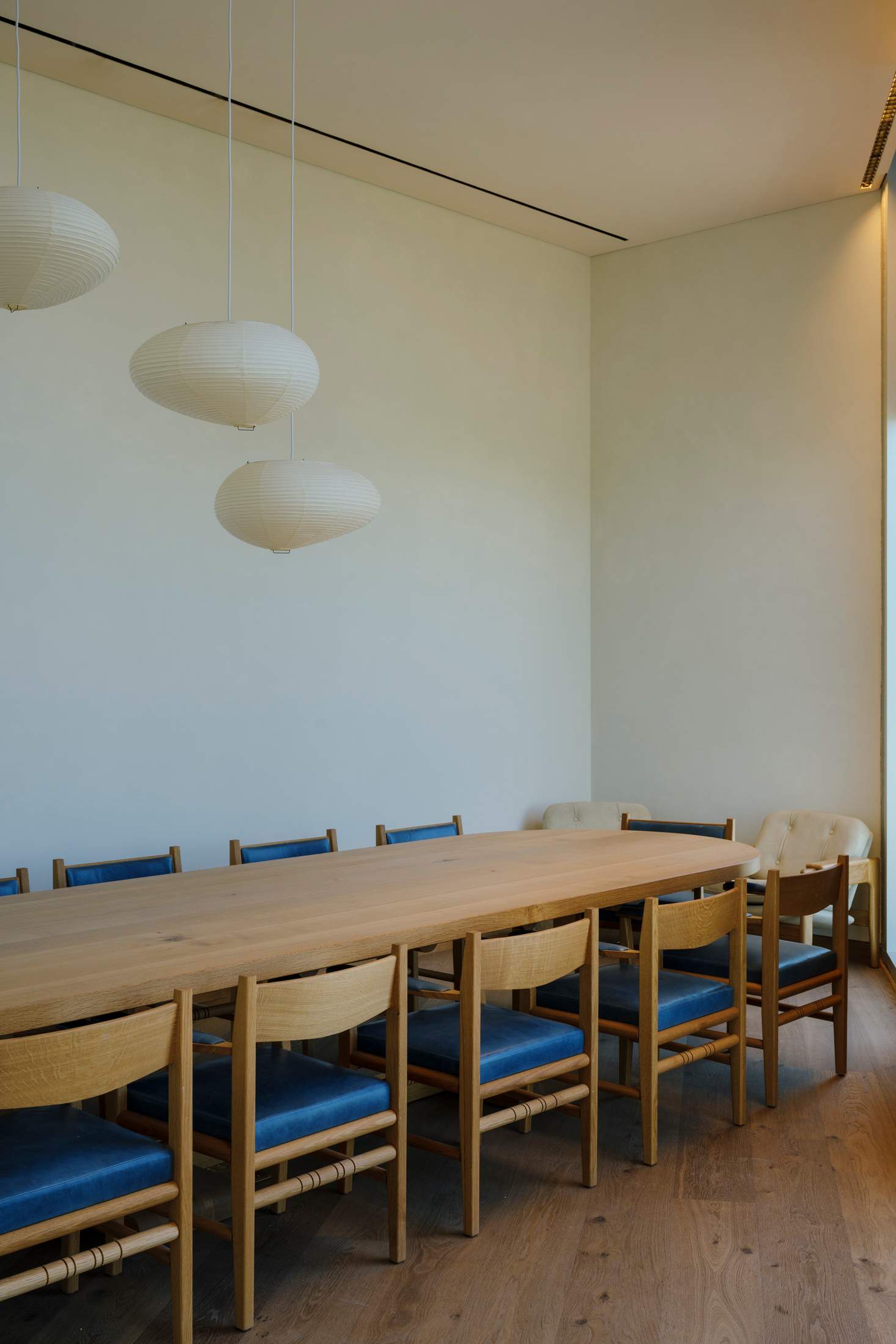
“We want to do everything that we can to make the production staff’s day go smoothly,” says Huggins. “If that means having a coffee cart pull up to their soundstage as they’re unloading at 06.00, then we’ll do it. Many people have already walked through here – line producers, for example – and their jaws are always on the floor. They say that they can’t believe that they can work somewhere like this.”
One goal of the new complex is to attract productions back to New York – a city that is often portrayed on screen through soundstages in other filmmaking hubs such as Los Angeles, Toronto, Atlanta, Calgary and London. “This type of studio has never been built before,” says Gordon. “It takes a completely different approach. It has enabled us to create an industrial building that is able to function while being beautiful in a novel way.” — wildflowerstudios.com
Business benefits:
While several North American metropolises have boosted their film-making ecosystems, producers often prefer locations where the cities themselves are part of the draw. “People want to be in New York,” says Gordon. The 30-minute drive from Manhattan to Queens means that the best of the Big Apple is within easy reach.



